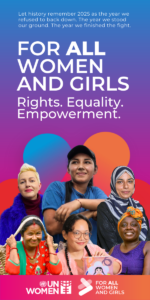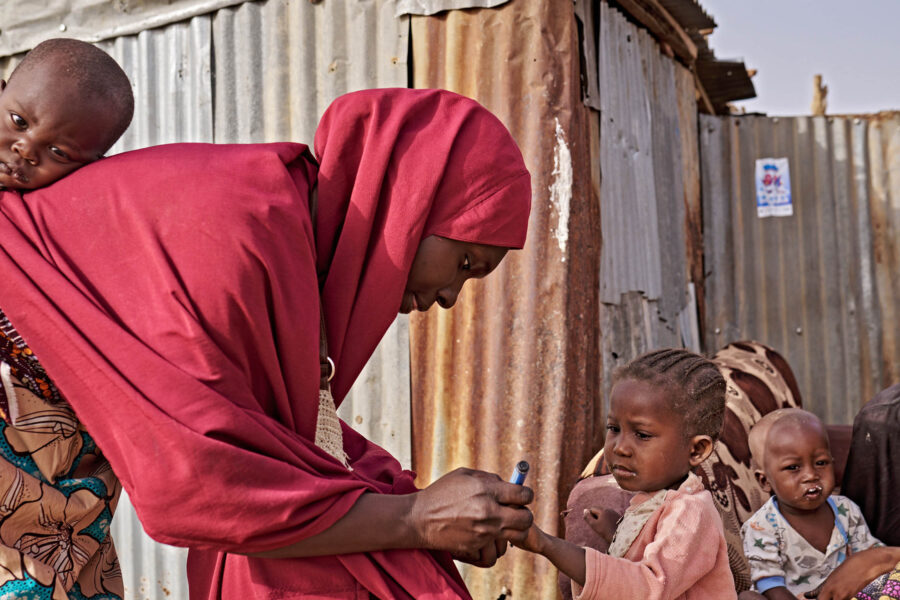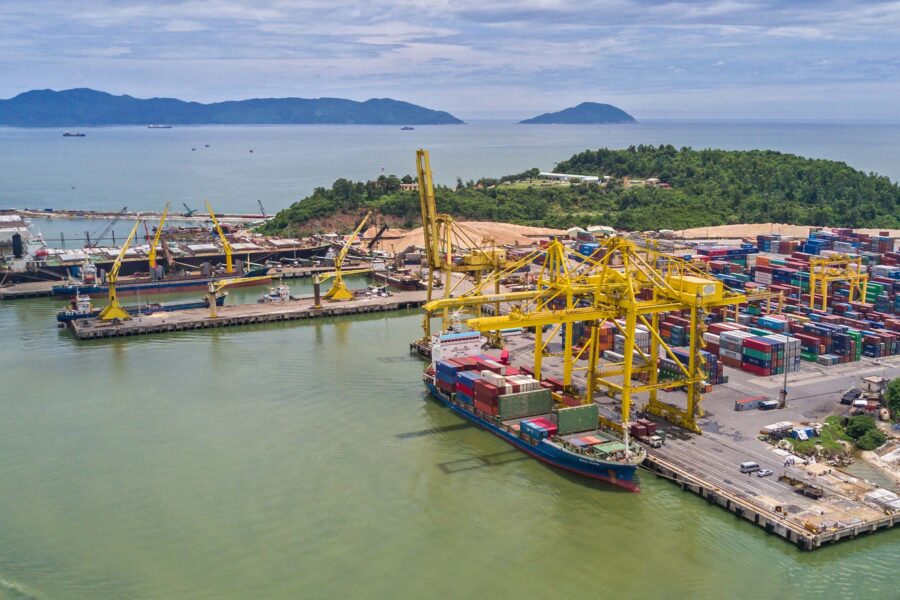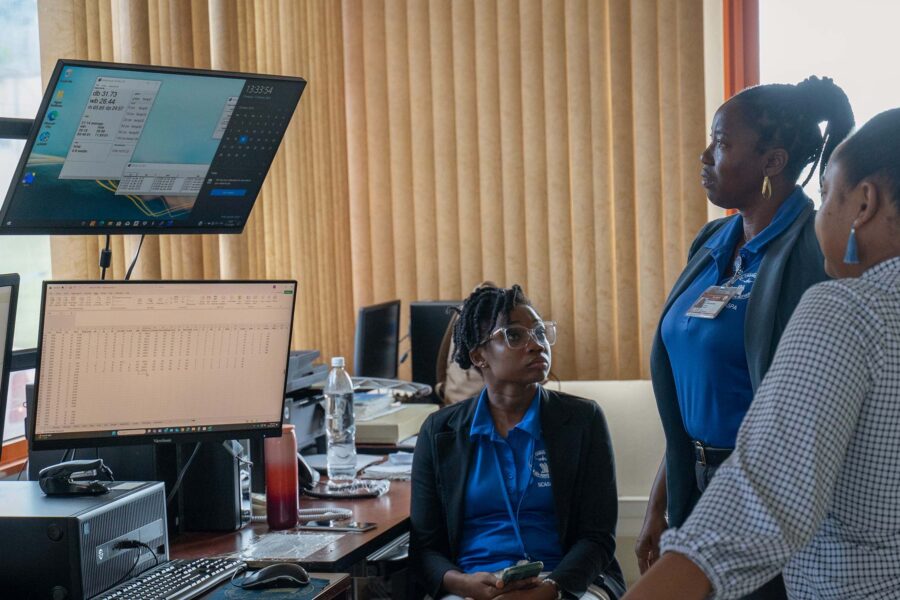SDG-aligned investment: a new development paradigm
Investment in pursuit of the Sustainable Development Goals (SDGs) is often presented as discretionary, expendable when funds are tight. We must change public and political perceptions to recognize the full scope of the returns that SDG-aligned investments can yield
Financing — Global
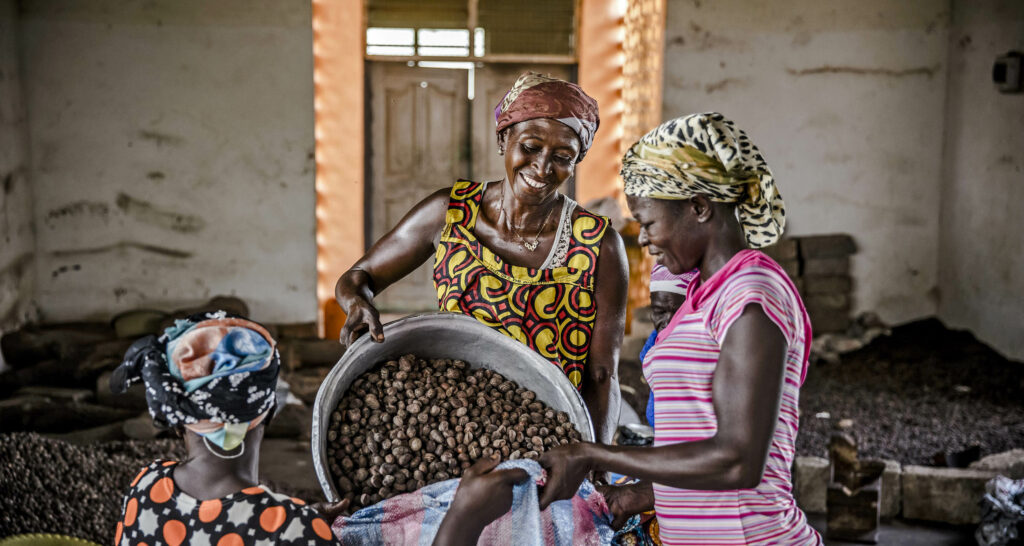
Funding for sustainable development is tight precisely because investment decision-making has not sufficiently considered the SDGs. To date, the vast majority of investment business models have neglected the long-term perspective that the SDGs embody. This is because the global financial architecture fails to consider the unique capital flows and financial dynamics of developing countries, or the need to strengthen complex socio-ecological systems such as energy resilience and equitable recovery.
The state of play – blunt mechanisms for structural transformation?
Geopolitical tensions, economic volatility, commodity shocks, and debt crisis in the Global South are severely compromising the ability of the global financial system to finance the SDGs. Recent banking failures in the developed world serve as a reminder of the challenges posed by tighter monetary conditions and financial vulnerabilities. In emerging economies, these vulnerabilities are exacerbated, adding a debt crisis to the existing climate crisis.
Developing countries face tremendous development challenges and significant debt overhang. Governments are struggling to manage the risks stemming from volatile capital flows amid uncertainty in foreign exchange market intervention strategies. In addition, debt sustainability concerns in developing economies have raised the risk premiums for risky assets, leaving less fiscal room to make SDG-aligned investments.
This situation is the result of decades of financial decision-making that has not considered long-term development. The world needs a financial and economic governance architecture that is designed to support governments, development agencies, civil society, and the private sector to come together and prioritize integrated investments in the SDGs. It requires policies that enable a long-term focus on investing, and a re-definition of “returns.” In an era of interconnected risks, investing in SDG outcomes is no longer a discretionary choice driven solely by moral imperatives – it is the backbone of a resilient global economy.
A crucial issue is whether the goal is to achieve returns solely in the traditional sense of financial gain, which is characterized by financialization under the current economic paradigm. Alternatively, one can aim for returns that lead to global financial stability, positive impact on the SDGs, and energy security. Achieving the latter requires a transformation of the mechanisms that guide the financial system toward a sustainable economy.
UNDP actively supports the establishment of strong finance governance systems in developing countries. This involves promoting green regulatory and policy regimes, and designing a pipeline of projects aimed at delivering on the SDGs.
At the heart of this sustainable finance architecture is a fundamental belief in the need to shift perceptions of what “returns” mean in a time of multiple crises. This is crucial element of the UN SDG Stimulus, which calls for a significant increase in financing for sustainable development.
The way forward – shaping a sustainable finance architecture
To avoid replicating structural resource misallocation, it’s essential to change perceptions of how finance is channeled. UNDP is working towards this goal by leveraging its expertise in finance and development, and utilizing a three-pillar approach (see below) that includes collaboration at the international and institutional levels, and customization at the national level.
At the international level, UNDP is promoting ambitious sustainable finance frameworks and goals. Simultaneously, it has been rolling out these frameworks at the country level, in line with each country’s unique political and economic priorities. This ensures that the sustainable finance framework is tailored to countries’ needs while contributing to the Global Goals.
In order to ensure that SDG-aligned projects are in sync with national priorities, UNDP’s tailored approach reinforces institutional capacities, shapes incentives, mitigates risks, and influences the cost of financing, creating building blocks for an SDG-focused development pipeline:
1. Collaboration at the international level
To address the issue of structural resource misallocation, internationally coordinated reforms are crucial. UNDP promotes alignment and interoperability of approaches at international forums including the G20 Sustainable Finance Working Group and the Sustainable Finance Development Network within the Asia-Pacific Economic Cooperation (APEC).
Such alignment is essential to incentivize financial flows toward sustainability. For example, UNDP is collaborating with other organizations to develop a common framework for sustainable finance taxonomies in Latin America and the Caribbean, ensuring the interoperability of taxonomies across jurisdictions. At the international level, coordinated approaches are necessary to develop an improved multilateral debt relief solution and tools to enforce private creditors’ participation in official debt restructuring, in line with the SDG Stimulus. These efforts can help developing economies to secure hundreds of billions of dollars and expand access to low-cost and long-term maturity funding.
2. Customization at the national level
While consistency is crucial at the international level, policy and regulatory measures need to reflect each country’s unique development objectives and transition pathways. UNDP supports countries in designing ambitious nationally determined contributions under the Climate Promise, which are critical to minimize global warming. At the same time, UNDP has been supporting ministries of finance to access new sources of climate finance and create regulatory environments that incentivize investment.
UNDP’s work on sustainable finance builds upon its role as an enabler, integrator, and catalyst at the country level. Its support of Integrated National Financing Frameworks (INFFs) connects public investment decisions to fiscal and budgetary frameworks, and links them to planning and private financing for sustainable debt strategies. UNDP has already supported 86 countries in developing policy frameworks toward SDG impact. Mongolia and Nigeria have approved national financing strategies through the INFF Facility. Several countries are exploring implementing the SDG Stimulus at the country level through INFFs, which call for official creditors to coordinate their actions with these country-owned frameworks.
3. Collaboration at the institutional level
UNDP is advocating for closer coordination among actors such as central banks, financial regulators and fiscal policymakers – and across policy areas including pricing, prudential regulation, and monetary policy. This will bring the certainty required to scale up markets for SDG-aligned investment pipelines and bonds, making them more attractive to local and international investors. In this context, UNDP collaborates with ministries of finance, tax authorities, regulators, central banks, the insurance industry, and private partners to enhance the impact of financial transactions on sustainable development in 170 countries.
In Ghana, SDG Investor Maps offer private investors useful insights on the policy landscape to support their efforts to advance the SDGs. Along with the SDG Impact Standards, this tool is guiding the allocation and management of capital towards impactful investments. Finally, through its Climate Promise, UNDP is assisting countries in identifying their financial requirements and mobilizing resources, including from innovative mechanisms such as green bonds and carbon markets.
A new paradigm – sustainable, long-term finance markets
This integrated approach is crucial to ensure that policies, instruments, and decisions advance the SDG agenda, moving from pursuit of profits to “profits with purpose.” UNDP’s 2022–2025 Strategic Plan commits to working with countries for a fairer, more sustainable future and calls on its partners to join UNDP in reaching its USD 1 trillion “moonshot” target to marshal public and private sector resources for the SDGs.
The current crises provide an opportunity for global financial and political authorities to form a more holistic view of the financial system and implement measures to increase their resilience while advancing progress toward the SDGs. Addressing spiraling debt in developing countries is in the interest of developed countries, since the increased risk of defaults could spill over into a long-term development crisis.
It’s time to acknowledge the dynamics of development in every international financial and monetary policy effort. A new paradigm is needed to guide progress toward a more sustainable system. Sustainable finance markets will not evolve in an orderly manner unless long-term development is embedded at the core of every policy and incentive shaping the market. This presents a unique opportunity for UN agencies, development banks, and financial regulators to collaborate in creating an equitable international financial and monetary landscape.

